National Park Service – Certified Food Manager Requirement
In April 2018, the National Park Service adopted the 2017 Food and Drug Administration (FDA) Model Food Code. There are several important changes worthy of highlight which must be followed for all vendors serving FOOD and BEVERAGES within the National Park.
FDA FOOD CODE (2017):
A review and summary of the 2017 FDA Food Code changes can be found here:
https://www.fda.gov/food/fda-food-code/summary-changes-fda-food-code-2017
SPECIAL NOTE: Non-Latex glove use is REQUIRED. Latex is BANNED due to allergen concerns.
CERTIFIED FOOD MANAGER:
During Temporary Food Events (TFE), all food vendors must have a designated PERSON IN CHARGE who is also a Certified Food Manager. The manager must be present at the FOOD ESTABLISHMENT during all hours of operation. Additionally, the Food Manager Certification shall be presented upon request by the Public Health Officer or any staff member from the National Park Service and Fort Mason Center. See 2017 FDA Food Code:
Section 2-101.11(A): Except as specified in ¶ (B) of this section, the PERMIT HOLDER shall be the PERSON IN CHARGE or shall designate a PERSON IN CHARGE and shall ensure that a PERSON IN CHARGE is present at the FOOD ESTABLISHMENT during all hours of operation.
Section 2-102.12(A): The PERSON IN CHARGE shall be a certified FOOD protection manager who has shown proficiency of required information through passing a test that is part of an ACCREDITED PROGRAM.
ALCOHOL & BEVERAGE VENDORS:
All beverage vendors including wine, spirits, beer, coffee, and kombucha must have a Certified Food Manager present during all hours of operation. Beverages are considered food per:
Section 1-201.10(B): "Food" means a raw, cooked, or processed edible substance, ice, BEVERAGE, or ingredient used or intended for use or for sale in whole or in part for human consumption, or chewing gum.
NOTE: Alcohol & Beverage vendors must have HANDWASHING stations and use Non-Latex GLOVES when preparing or handling fruit and garnishes.
WARNING: FAILURE TO COMPLY with the above may result in the termination or suspension of your Temporary Food Event Permit.
National Park Service - Office of Public Health Temporary Food Events Requirements Checklist
Temporary food events are required to comply with National Park Service (NPS) Public Health Guidelines (NPS-83). This checklist is meant to highlight the most important provisions relevant to temporary food events and to provide guidance consistent with existing NPS public health policy. Temporary food events need to comply with all items on this checklist and the 2017 USPHS/FDA Food Code.
FOOD
Menu limited to approved-items list.
Certified Food Safety MANAGER(S) on duty at all times, at each onsite location.
Cold food items ≤ 41°F.
Hot food items ≥ 135°F.
Temperature of cold foods maintained during transport (temperature logs recommended).
Temperature of hot foods maintained during transport (temperature logs recommended).
Cold food maintained at ≤ 41°F while being held onsite (temperature logs recommended).
Hot food maintained at ≥ 135°F while being held onsite (temperature logs recommended).
Source – All food items are from an approved source.
Source - food items prepared off-site are prepared in a pre-approved licensed establishment (copy of current
license, inspection report and establishment agreement submitted with application).
If required, HACCP temperature logs maintained on potentially hazardous foods prepared offsite.
Food stored in food-safe containers (not in garbage bags or unapproved buckets).
Raw meats stored so that they will not contaminate other foods.
Toxic materials are stored separately from foods.
EMPLOYEES
Healthy; no illnesses or infection symptoms such as: (a) diarrhea, (b) fever, (c) vomiting, (d) jaundice, (e) sore throat with fever, or (f) open cuts or sores on the hands or wrists.
Employees thoroughly wash hands with soap and water before working, after breaks and after using bathroom, and any other time their hands become contaminated.
Employees are wearing clean clothes.
EQUIPMENT
Food containers cleaned and sanitized after each use.
Sufficient refrigeration or drained ice to maintain cold temperatures <41°F.
Sufficient hot holding devices to maintain hot temperatures >135°F.
Cooking equipment to heat food to 165°F.
Sufficient power to operate all heating and refrigeration units.
Approvedcleanfoodthermometersareavailableandusedfrequentlyformeasuringfoodtemperaturesduring
cooking and holding.
Approved refrigeration thermometer for each cold holding unit.
Three compartment sink or equivalent for dishwashing.
Counter protection (sneeze guards) if food is to be held on counter for serving.
Tables, stands, pallets or other devices to keep all food, utensils, single service, equipment, food prep and other
operations off the ground or pavement.
Clean and sanitized water containers to transport water to food booth.
Wiping cloth sanitizer containers.
Sufficient utensils, disposable gloves for food prep and dispensing.
Sufficient garbage storage containers for food prep.
Propane (and all compressed gas) cylinders secured at all times (chaining or crating).
Fire extinguishers
Handwashing facilities MUST be provided. Approved hand washing facilities consist of: Potable Water (5 gallons) in a
container with a continuous (hands-free spigot), pump-dispensed hand soap, paper towels, a wastewater catch basin, and a nearby trash can.
SUPPLIES
Sufficient supply of sanitary disposable towels.
Sufficient supply of handsoap and dishwashing soap.
Sufficient chemical sanitizer (chlorine, quat or iodophor).
Sufficient supply of sanitizer test strips for selected sanitizer.
Sufficient fuel for cooking and hot holding.
Sufficient ice if needed for cold holding.
Extra plastic wrap and/or foil to cover food containers during holding.
Wiping cloths are stored in a 50-100 PPM chlorine solution (1 capful of household bleach per gallon of water) or in
another approved sanitizer (quat or iodophor).
Sanitizing water is changed when it becomes dirty.
Wiping cloths are either discarded or washed when soiled.
MOBILE FOOD TRUCKS
Adequate ventilation equipment must be provided.
Portable storage tanks and containers must be filled utilizing a food-grade hose.
Must have a designated handwashing sink, with hot water provided.
All liquid waste must be stored in a retention tank that is 15% larger than the drinking water supply tank.
Propane cylinders must be secured at all times.

